I’ve been many places where there’s been graffiti with a message which is a variation of ‘Tourists go home,’ or ‘Tourits go home’ as I’ve just seen on a placard. It’s understandable, tourism can be both a blessing and a curse. It brings in money, but it pushes prices up … for locals as well as visitors. It’s a goose that lays golden eggs, but one with razor-sharp teeth which can have your hand off if you don’t treat it with caution.
My Google alerts have been filled recently with a wave of anti-tourism stories concerning Tenerife, about thirty over the last week alone. Most of these appeared in UK tabloids, so I take them with a pinch of salt. I get my Canary Islands’ news direct from the boca de caballo, from Spanish language newspapers on the islands, so know how much of an exaggeration there is. But I don’t need to consult the Spanish press to know that.
Take reports about one of the locations where anti-tourism graffiti appeared, Palm-Mar. Heard of it? I’m impressed if you have. This is how we describe Palm-Mar in our The Real Tenerife Guidebook: What is the purpose of Palm-Mar? It’s a question we ask ourselves every time we visit. It’s not a town, neither is it a resort. Yet it’s more than a housing development. In Spanish it’s called an urbanización. Basically, it’s still a bit of a work in progress – a place with aspirations of becoming a fully-fledged resort.
It’s a nonentity of a place, a purpose-built development from the 1990s that has still to reach its tourism potential. Ironically, just a few years ago some residents were complaining about the lack of means for tourists to get to Palm-Mar. So, when I see anti-tourism graffiti in a development which only exists because of tourism in the south of Tenerife, and has about as much authenticity as a jug of sangria, I allow myself a wry smile. Many of the developments along the south coast of Tenerife owe their existence to tourism. It is not the same as Barcelona, Venice, or Dubrovnik, where a way of life is in danger of being eroded. Another article quoted the mayor of Fasnia as being concerned about the impact of tourism. Fasnia! There, I’m so gobsmacked I actually used an exclamation mark. You’re as likely to see a unicorn in the town of Fasnia as a British tourist.
Last year, the mayor of Adeje, where a significant percentage of Tenerife tourists stay, had a reality check for the minority protest groups mainly responsible for graffiti and anti-tourist sentiment when he said this: ‘When was Tenerife a paradise? In the 50s, when a woman gave birth to five children and four died, when our grandparents and parents emigrated to Venezuela because there was nothing to eat here, when women were shackled to the land and the tomato plants, being exploited in a bad way? Is that the paradise we want?’
There are issues surrounding housing, wages, jobs, but these are a lot more complex than simplistic UK tabloid stories would have readers believe. Most of the articles betray a lack of in-depth knowledge about the Canary Islands, as illustrated by using Palm-Mar as an example, and in articles which refer to ‘beautiful seaside towns’ being turned into ghettos. I know beauty is in the eye of the beholder but, come on. We’re not talking about quaint, historic towns here. We’re talking resorts purpose-built for tourism, which makes a mockery of complaints about the impact of tourist bars in these areas. You move to an area built solely for tourists then complain when you find it’s full of, err, tourists. I’ve got Tenerife guidebooks older than many of these resorts.
The big question in my mind is why has there been a concerted effort to put people off visiting Tenerife? There are so many articles related to this, I started to think it was a conspiracy. And then I remembered 2006 (or thereabouts). Back then, when one remotely credible publication published a ‘newsworthy’ travel article, others followed suit. The web was full of reproductions of text lifted from Lonely Planet or Rough Guide. To a certain extent, social media exposed copycat articles. However, it’s on the increase again.
Even a writer I like and respect fell prey to it, referencing the exaggerated problem in an article about another of the Canaries, suggesting Spanish visitors were staying away from Tenerife. Ironically, the island Spanish mainlanders were supposedly flocking to instead of Tenerife attracts the least number of Spanish visitors out of the main Canarian holiday destination quartet of Tenerife, Gran Canaria, Lanzarote, and Fuerteventura – 14% as opposed to the island that attracts the most (40%) which is, you’ve guessed it, Tenerife.
So, it looks like much of it is simply copycat journalism, but it is irresponsible and potentially damaging as well as being disingenuous.
And it is another reason I find myself increasingly swapping travel writing for the world of fiction. Mind you, there isn’t a hell of a lot of difference between the two these days.








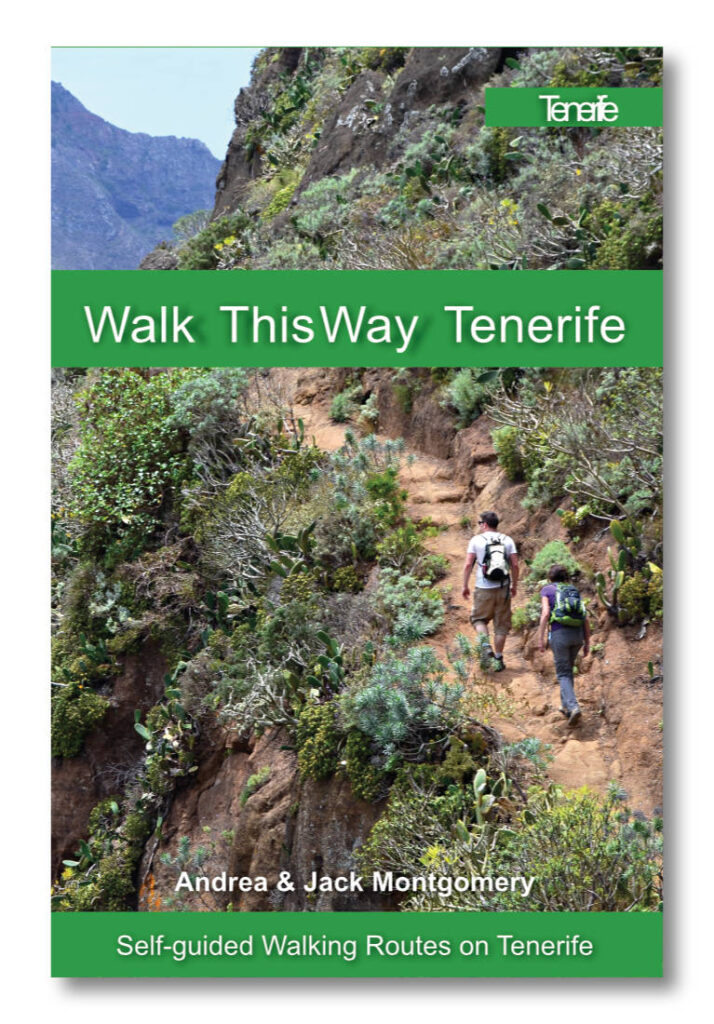
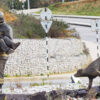

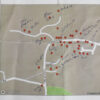


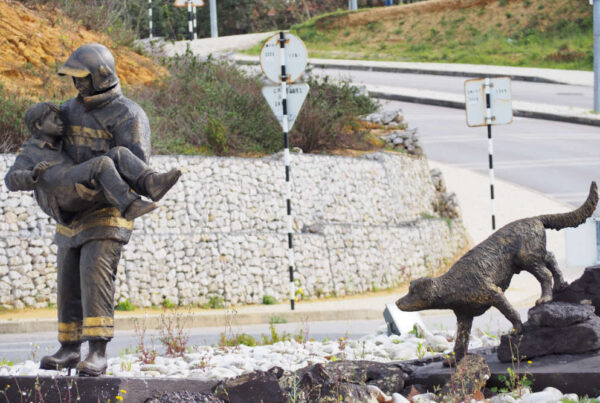
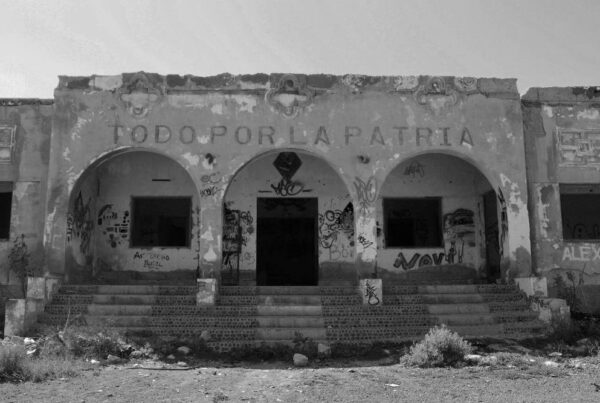
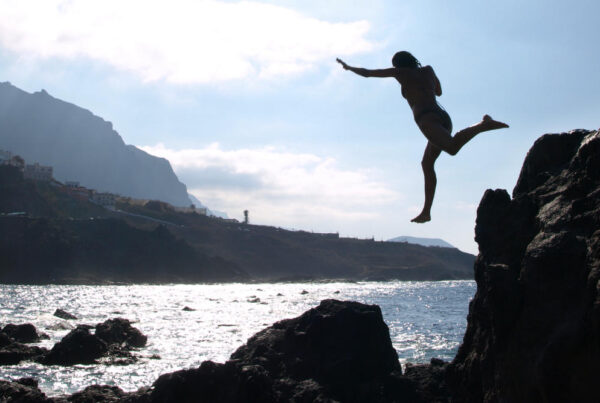
We’ve noticed a recent increase in anti tourist graffiti, social media comments etc. Clearly, the mayor of Adeje has a point. But on the other hand … Can tourism just be allowed to grow, out of control, until it swamps the infrastructure here (the “sheer weight of traffic” on the TF1, the sheer amount of construction happening – e.g. on previously unspoilt beaches such as Playa Tejita, the overload of services such as water, sewage …)
Then there’s the issue of rents and property prices in a boom town like El Médano – now only affordable by ex-pats, “swallows”, “digital nomads” and the like. Our home town grown massively in the 17 years we’ve lived here and property prices have been doubling every few years. Locals who work in the restaurants, hotels, shops, hospitals, schools etc just can’t afford to live in El Médano anymore.
Yes, I guess a lot of it is Tabloid-ism … But it is real issue. And if it spills over into general anti-foreigner bad feeling (otherwise known as racism) then obviously it would have repercussions for us ex-pats here.
PS I’m quite fond of Sangria, despite the lack of “authenticity” 🙂
No question about the problems that exist, they’re mirrored in too many places. We’ve seen similar sentiments in popular locations throughout Europe. Potential problems with over-tourism on Tenerife were raised at travel industry conventions years ago; although, it’s clearly getting worse. My main gripe is the tabloids don’t have the informed background to report on it knowledgeably or within the context of the development of the island, so veer toward shock sensationalism.
Tenerife is quite unique though in that the locations usually referenced in these types of debates are usually historic places where areas that ‘locals’ have lived for centuries have been taken over, often by the likes of Airbnb lets. The areas on Tenerife most affected are, ironically, mostly inhabited by incomers. I remember seeing stats that showed Adeje and Arona now have more ‘incomer’ residents than Canarios. That distinction alone makes Tenerife’s problems different from the likes of Lisbon, Venice, Barcelona etc. For a start, and as you reference, the infrastructure doesn’t exist to cope with rapid expansion.
Greed, of course, is usually at the root of things.
Funnily, I never got a taste for sangria. No real reason, I’m sure I could if I tried hard enough 🙂
I’m surprised by your description of Palm Mar Jack. We bought in 2004 and moved here permanently in 2006.
It’s a great place to live. It’s a mixture of locals, immigrants from various countries around the world, second home owners and visitors (tourists if you will).
The introduction of the VV law has changed many residential areas, Palm Mar has been affected too. However, as a small, confined village, things cannot get out of hand. Some developers have profiteered from the VV regime but in general Palm Mar hasn’t changed too much.
The reason for the graffiti there recently was obviously because it is small, quiet and secluded so they knew they could get away with it without being seen.
The way it’s been pitched by the gutter media in the UK as being anti Brit is nothing short of disgraceful.
Its against saturation, which is a big problem in tourist areas all over the world. They have good reason to feel this way, but graffiti like this isn’t the way to highlight the issue.
The UK tabloids are a disgrace in the way they’re spinning this with a blatant disregard for the true reasons behind the protests. And they’re making things up (nothing new there). I saw one report about Palm Mar that said there were hundreds of hotels there. It must have changed a hell of a lot since the last time I was there, that’s all I can say. And I’ve just seen another where it was claimed Tenerife wanted to get rid of British tourists and replace them with ‘higher class’ German tourists. All absolute nonsense. The big question for me is why these particular tabloids have decided to wage war against Tenerife.
JACK – THAT COMMENT GOT TRUNCATED – PLEASE DELETE AND KEEP THE VERSION BELOW …
Yes, greed drives “growth” – and the environment suffers. It’s sad to see the way Playa Tejita is being eaten away and turned into a building site. I wonder where the water is going to come from. Reservoirs are at an all time low (30%), but I bet the golf courses stay green 🙁
‘I bet the golf courses stay green’ – I wouldn’t bet against you on that one.